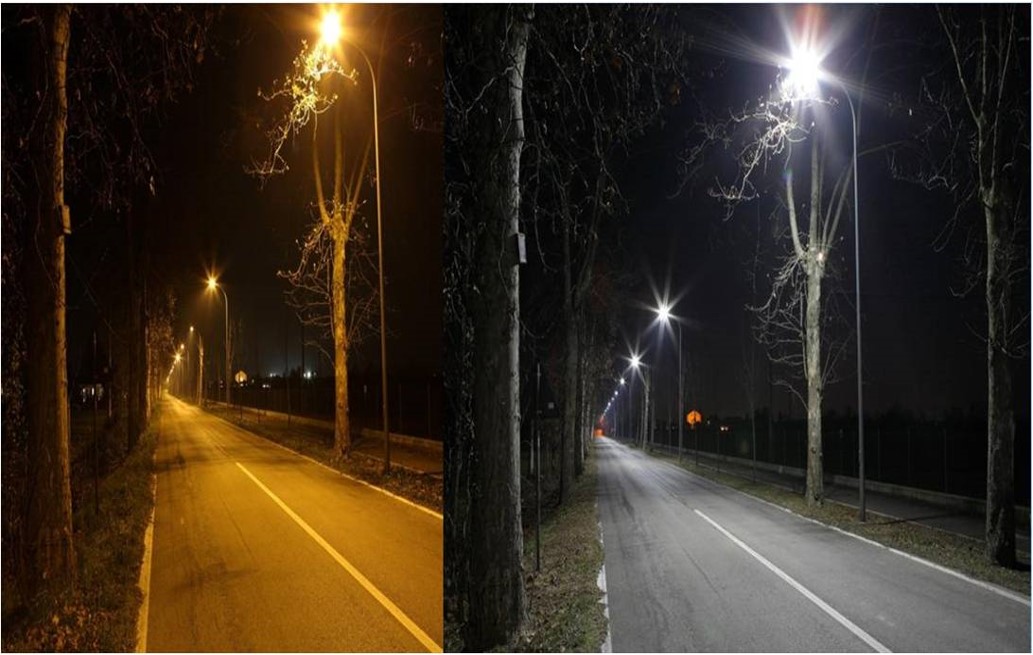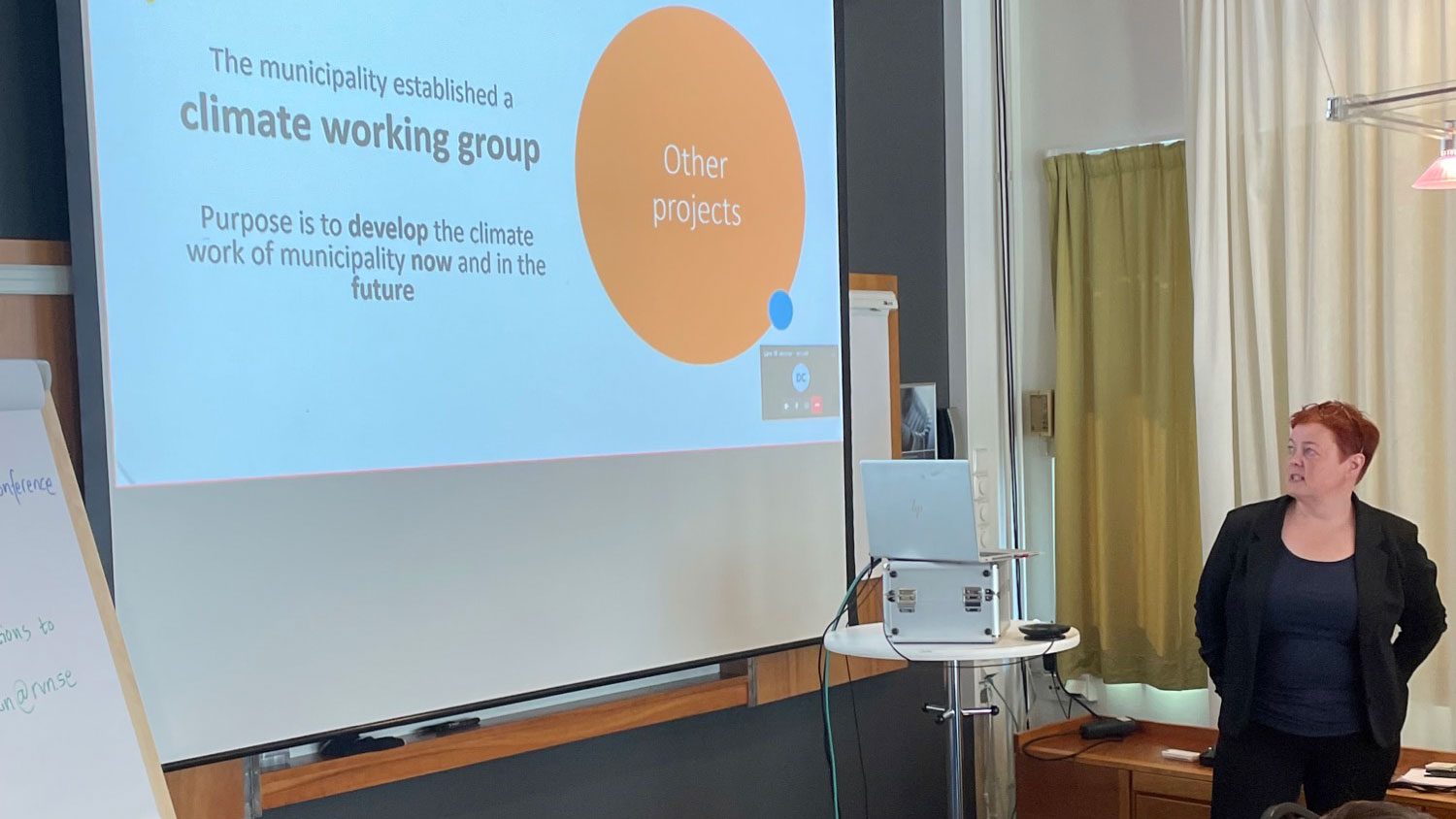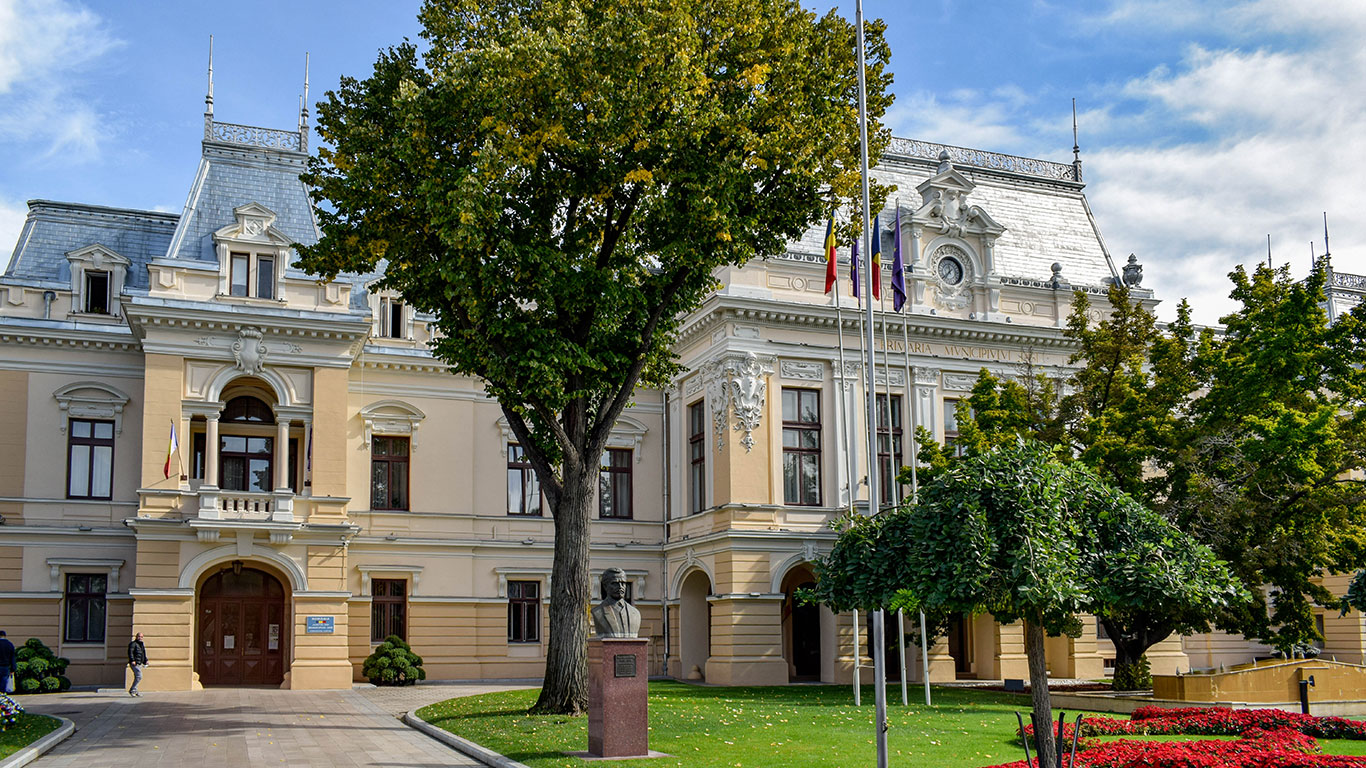Interreg Europe funded CLEAN project partner Region of Crete wants to encourage visitors and citizens to leave their cars and use electric bicycles in order to move between villages and tourist sites to reduce CO2 emissions in Lassithi Plateau Municipality. Transport is one of the main contributors to emissions in the region. This is in line with the “Covenant of Mayors for Climate and Energy” aimed at reducing carbon emissions by at least 40% by 2030 that has been signed by the Mayor of Lassithi Plateau.
Lassithi plateau is located in a peaceful and fertile area, surrounded by the wild mountains of Dikti and the mountains of Spathi, Lazaros and Afendis that also form several smaller plateaus. Lassithi Plateau belongs to the NATURA 2000 Network and it has the oldest wind park in Europe, built in the late 19th century for irrigating the Lassithi plain. The Lassithi Plateau is associated with the most important event of Greek mythology, the birth of Zeus, and is also the place where Europe conceived Minoa, the king of Knossos.
The 18 villages of the plateau are built at the foot of the surrounding mountains and are connected by a 23km ring road. This route is ideal for cycling as there are no large hills and there are many attractions along the plateau.
The Region of Crete considers Lassithi Plateau the most suitable area for the implementation because it is located within a small distance of the large urban and tourist centers in Crete. It is the largest elevation spatial unit of settlements and inhabitants, and it is highly recognizable and attractive as it is a well-known tourist destination.
This combines the promotion of the area’s places of interest with an eco-friendly way of sightseeing and aims to create a travel policy with a clear environmental perspective. For that purpose, the Region of Crete has proposed the supply of 20 electric bicycles and the installation of 4 charging and storage stations around the 23km of the plateau. The consumption of an electric bicycle is estimated at 2 Kwh/100km, which reduces CO2 emissions by approximately 30 kg.
Charging stations will be powered by solar PV, as the action will be combined with the installation of a Photovoltaic Power plant. A 50KW PV plant installation generates about 75,000 kWh and reduces CO2 emissions by about 60 tons per year. Part of the electricity produced will be used for free charging of bicycles and the rest will cover other energy needs of the Municipality.
Alternative forms of mobility are key to reducing CO2 emissions in all regions around Europe. Deployment of solutions that encourage the use of electric vehicles plays a vital role in the transition toward a low-carbon rural area in Crete. This innovative measure also offers an exemplar model for other regions adopting these types of solutions. This action has been developed as an element of the Region of Crete’s CLEAN Regional Action Plan.
Read about this and other actions here https://www.interregeurope.eu/clean/library/











